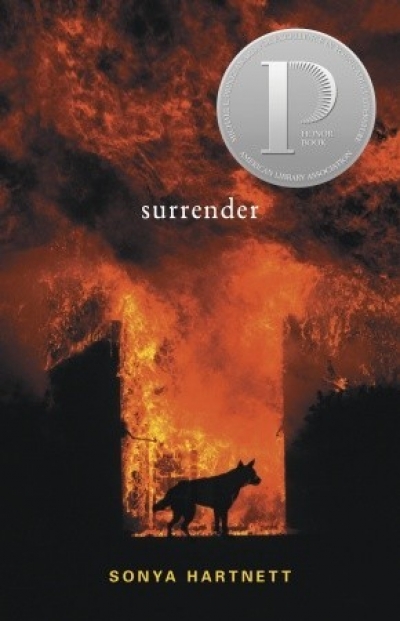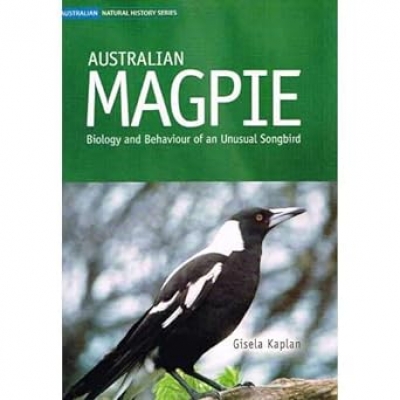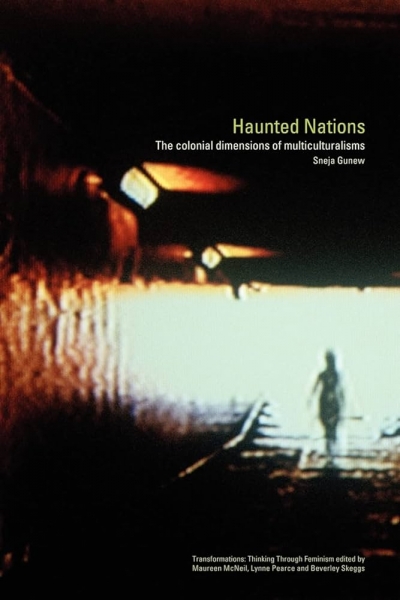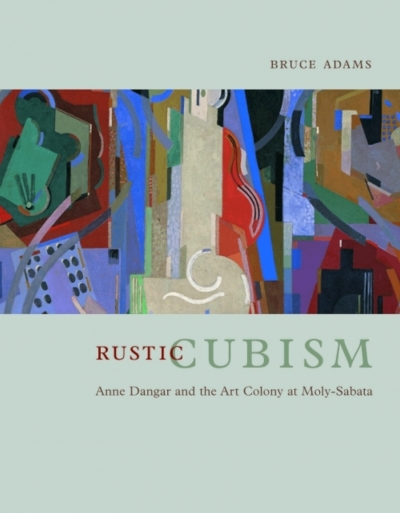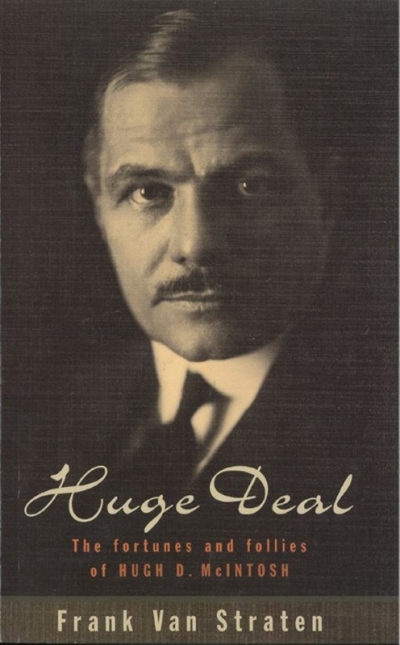Archive
The combatants in the so-called ‘History Wars’ have been denouncing each other for about a decade. The main issue is the handling of black–white relations in histories of Australia. There are tangential disputes about the policies of the National Museum and the worth of the historian Manning Clark and his writings, but these are not germane to this article. On the left, television historians, journalists and politicians are concerned to levy blame for terrible acts of European greed and brutality and to bestow praise for acts of Aboriginal resistance; while rightists emphasise the white settlers’ and authorities’ normally good intentions and the small amount of blood shed by comparison with the histories of North and South America, and of Africa. The leading protagonists in both camps have generally been formed by Marxism and retain that absolutist faith that nothing happens by accident, thereby permitting simple assignments of good and evil.
... (read more)The authors of these four books use a narrative device common to much fantasy fiction: the notion of quest. Sometimes that quest requires a physical journey, and sometimes it involves searching for something closer to home, but the very process is almost invariably life-changing for the characters involved.
... (read more)

